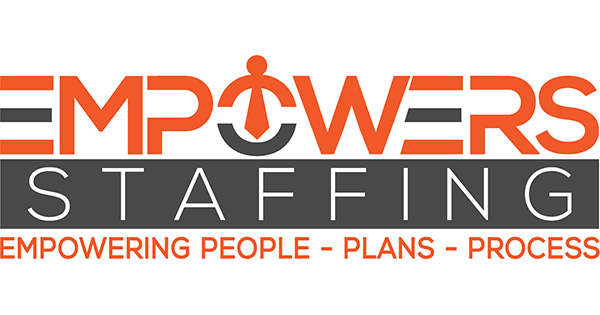A strong diversity and inclusion strategy can help your organization attract top talent and drive innovative results. Here is how to launch a D & I initiative that works.
- Establish A Sense of Belonging for Everyone
For each individual to bring their best self forward, a sense of belonging must first be established. Having a connection to an organization or group of people that makes you feel you can be yourself not only results in greater engagement and creativity in the workplace, but it is also a psychological need.
D & I is a unique journey for each organization and there is not a one-size-fits-all approach, either — that is why it is so important to share best practices and be open to trying new things. The good thing is that as you are working on diversity, you can also work on inclusion, and vice versa. It is all interconnected.
- Empathetic Leadership Is Key
Diversity and inclusion are often treated as a single initiative owned exclusively by HR. But for real change to happen, every individual leader needs to buy into the value of belonging — both intellectually and emotionally. Only when the entire C-suite steps up to own diversity and inclusion will a company’s D&I practices thrive.
Part of this process requires tuning in to empathy; each person remembering a time when they were excluded, shamed, interrupted, and so on, so they can apply those lessons outwardly. Leaders have to feel it within themselves; then they can identify the relationship with feeling excluded or making others feel excluded. That is a critical starting point.
- A Top-Down Approach Is Not Enough
Top-down approaches drive compliance, not commitment. From senior leaders to frontline employees, every individual must see and understand their role in company culture. This means identifying differences in employee experience and values across the organization so that change can be made relevant for each person and knowing that lasting change must activate different parts of the system — top down, bottom up, and middle out — in different ways.
- Quotas Do Not Automate Inclusion
Hiring goals may boost diversity numbers, but this will not automatically create an inclusive culture. Too often, leaders focus diversity and inclusion efforts disproportionately on the employee pipeline, but the employee experience continues far beyond an offer letter. To retain and nurture top talent, it is critical to take an honest look at the end-to-end employee experience, with an eye toward creating conditions that promote inclusion on a daily basis and designing ways to measure the impact.
Organizations must adapt their processes to scale diverse and inclusive behaviors. For example, in meetings: Who is invited? Who gets to speak and how often? Are you leaving out anyone whose input would be valuable?
You have to look at everything through the lens of, ‘Have I created conditions where every person can contribute in their unique, meaningful way and feel safe and secure doing that?’ and if you find places where that is not the case, having the courage to admit that and work to change it.
- Inclusion is ongoing — not one-off training
It is not enough to teach employees what it means to be inclusive. Like any form of behavior change, inclusion requires individuals to identify key moments in which to build new habits or “micro behaviors” (daily actions that can be practiced and measured). And when these habits are put into action in an environment that supports honest conversations and healthy tension, real change becomes possible.
- Maximize joy and connection, minimize fear
People are wired to react with fear and distrust when their beliefs are challenged. While fear can be a powerful motivator, it also encourages people to narrow their perspective — the opposite desired effect for creating a more inclusive workplace. Finding ways to frame challenges through a lens of possibility — and elevating the power of shared experiences and storytelling to do so — creates greater potential for positive change.
Then you can focus on creating moments that continue the momentum. You need to not only point out where there’s room for improvement but spotlight the moments of success and celebrate them.
- Consider your brand
As in any transformation effort, brand and culture are intimately connected. The products and services you put into the world reflect your values — and your biases.
In the journey toward building a more inclusive organization, it is important to consider the relationship between what is happening inside and outside your company. What is your brand saying about who you are as a culture? In what ways is your employee base not congruent with your customer base? What experiences are being left out or misunderstood?
Empowers Staffing Inc. on Diversity & Inclusion
We see the work with diversity and inclusion as a transformation that is required. At Empowers Staffing Inc. It is not just an initiative or a program; it is a required investment from the very senior-most folks to the newest person in the door, and it requires real behavior change. It’s about how the entire company operates and the individual ways of working, communicating, contributing and even just being in the world.


